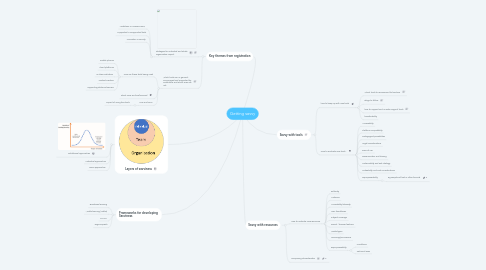
1. Key themes from registration
1.1. strategies for individual and whole organisation impact
1.1.1. Lockdown or Laissez Faire?
1.1.2. Supported v unsupported tools
1.1.3. Innovation v security
1.2. Which tools are, in general, encouraged and supported by institutions and which ones are not.
1.2.1. How are these tools being used
1.2.1.1. mobile phones
1.2.1.2. cloud platforms
1.2.1.3. in-class evaluation
1.2.1.4. content creation
1.2.1.5. supporting distance learners
1.2.2. which ones are free/licenced
1.2.3. Pros and cons
1.2.3.1. impact of using free tools
2. Layers of savviness
2.1. Institutional approaches
2.2. Individual approaches
2.3. Team approaches
3. Frameworks for developing Savviness
3.1. Brainbase learning
3.2. Visible learning (Hattie)
3.3. TPACK
3.4. DigCompEdu
4. Savvy with tools
4.1. how to keep up with new tools
4.1.1. Which tools to recommend to teachers
4.1.2. Blogs to follow
4.1.3. how to support such a wide range of tools
4.1.4. transferability
4.2. How to evaluate new tools .
4.2.1. Accessibility
4.2.2. Platform compatibility
4.2.3. Pedagogical possibilities
4.2.4. Legal considerations
4.2.5. Ease of use
4.2.6. Dissemination and sharing
4.2.7. Sustainability and exit strategy
4.2.8. Scaleability and cost considerations
4.2.9. Repurposeability
4.2.9.1. Eg samples of text in other formats
5. Savvy with resources
5.1. How to evaluate OER resources
5.1.1. authority
5.1.2. Audience
5.1.3. Accessibility/diversity
5.1.4. User friendliness
5.1.5. Subject coverage
5.1.6. Search / browse features
5.1.7. Media types
5.1.8. Licensing/permissions
5.1.9. Repurposeability
5.1.9.1. Conditions
5.1.9.2. Technical ease
